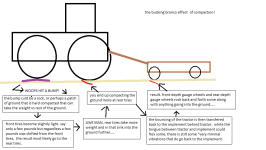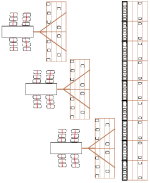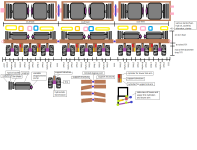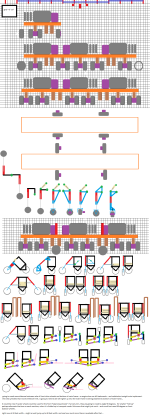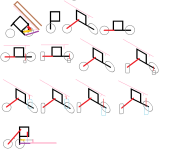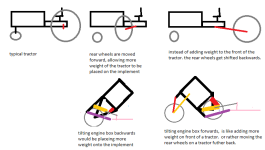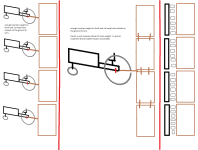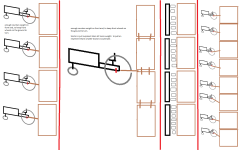OP
boggen
Elite Member
- Joined
- Feb 22, 2011
- Messages
- 3,824
- Location
- Trivoli, IL
- Tractor
- SSTT (Sideways Snake Tain Tractor) and STB (sideways train box) tractor, dirt harvester
while most of the stuff will be computer controlled. some things it would be nice to have a manual over ride leveler on some things. example for upper / lower link cylinders near area were they would be need to connect to an implement.
perhaps near cylinders for the "balance wheels"
ability to move far left tire forward/backward, or far right tire forward/backward. to make attaching implements easier. besides getting back into the cab errr (truck) that that might be a optional package.... then again...
been thinking about different package option. for the main front drive wheels. and being able to swap them out for "tracks" kinda like the tracks you might find to replace car wheels for them far northern that see snow/ice majority of year....
==============
trying to figure out how to deal with all the piping to get over the "flex joints" in the machine. more so hyd oil for the hydrostatic transmissions. i could see far left engine being on. and then wanting to move the far right tires. and needing large enough pipes to get oil from the far end to the other end.
thought about making the joints hydraulic joints. instead of greasing them. making them large enough on the (inside) to allow hyd oil to pass through them. but also hinge a few degrees.
another issue is how to lock the joints. when in transport mode. so the middle section does not drag across the pavement... this goes for implements that are attached as well. do some transport tires just drop down? or another set or 2 of balance wheels fold out? or does locking the flex joint / hing make things sturdy enough that entire machine becomes one solid mass. and you just need balance wheels / transport wheels on far ends of the machine?
hhmmmss never thought about weight per tire / axle limits that are out there.... arghs!!!! down with the bloody pirates!
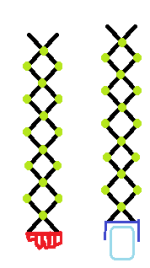
pops the ground with the fist... err wheel! *shakes head no afterwards*
perhaps near cylinders for the "balance wheels"
ability to move far left tire forward/backward, or far right tire forward/backward. to make attaching implements easier. besides getting back into the cab errr (truck) that that might be a optional package.... then again...
been thinking about different package option. for the main front drive wheels. and being able to swap them out for "tracks" kinda like the tracks you might find to replace car wheels for them far northern that see snow/ice majority of year....
==============
trying to figure out how to deal with all the piping to get over the "flex joints" in the machine. more so hyd oil for the hydrostatic transmissions. i could see far left engine being on. and then wanting to move the far right tires. and needing large enough pipes to get oil from the far end to the other end.
thought about making the joints hydraulic joints. instead of greasing them. making them large enough on the (inside) to allow hyd oil to pass through them. but also hinge a few degrees.
another issue is how to lock the joints. when in transport mode. so the middle section does not drag across the pavement... this goes for implements that are attached as well. do some transport tires just drop down? or another set or 2 of balance wheels fold out? or does locking the flex joint / hing make things sturdy enough that entire machine becomes one solid mass. and you just need balance wheels / transport wheels on far ends of the machine?
hhmmmss never thought about weight per tire / axle limits that are out there.... arghs!!!! down with the bloody pirates!

pops the ground with the fist... err wheel! *shakes head no afterwards*


